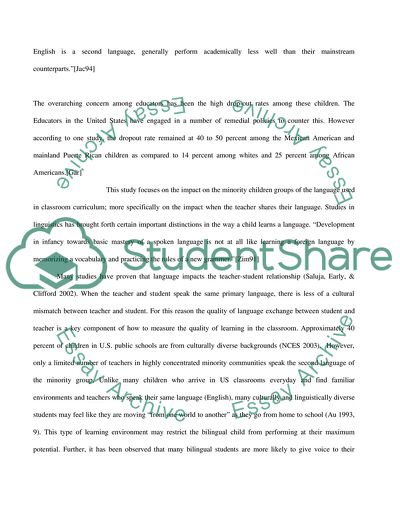Cite this document
(“Do Children Benefit When Their Teacher Speaks Their Second Language Research Proposal”, n.d.)
Retrieved from https://studentshare.org/education/1549857-do-children-benefit-when-their-teacher-speaks-their-second-language
Retrieved from https://studentshare.org/education/1549857-do-children-benefit-when-their-teacher-speaks-their-second-language
(Do Children Benefit When Their Teacher Speaks Their Second Language Research Proposal)
https://studentshare.org/education/1549857-do-children-benefit-when-their-teacher-speaks-their-second-language.
https://studentshare.org/education/1549857-do-children-benefit-when-their-teacher-speaks-their-second-language.
“Do Children Benefit When Their Teacher Speaks Their Second Language Research Proposal”, n.d. https://studentshare.org/education/1549857-do-children-benefit-when-their-teacher-speaks-their-second-language.


